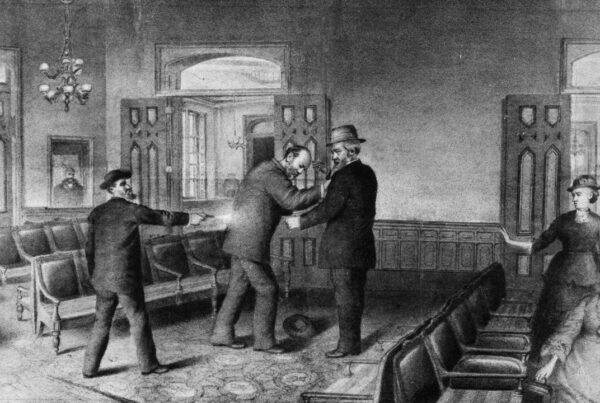Alternative Names:
ETA, Basque Country and Freedom, Basque Homeland and Liberty, Basque Nation and Liberty, Basque Fatherland and Liberty and Basque Homeland and Freedom
Location:
Northern Spain and Southwestern France
Leadership:
ETA has repeatedly reformed its leadership structure for security reasons. The group was traditionally hierarchical, composed of a leadership cadre delegating orders to logistical, political and military substructures. However, the group has recently further subdivided in response to infiltration by law enforcement and the capture of ETA militants.
Membership:
ETA’s membership consists of “legal ones”, members who do not have police records; “the liberated”, members with police records that work full-time for ETA; and “support”, who provide occasional assistance and logistics support to ETA when required.
ETA armed operations are executed by different elements of the military substructure and are supported by a vast network of arms caches and safe houses.
Funding Sources:
ETA relies primarily on extortion and robbery for funding, but is also known to engage in arms trafficking.
ETA is also believed to derive support from the Batasuna political party in Spain, which does not condemn ETA’s use of political violence. The Batasuna party is now a proscribed entity under Spanish law.
Origins:
ETA was founded in 1959 and is headquartered in the Basque provinces of Spain and France. It is the most powerful of the Basque terrorist groups, aiming to create an independent Basque state that would contain the six Basque provinces of Spain and France, as well as the Navarra province of Spain.
ETA has evolved from a group promoting Basque culture to a paramilitary organization aiming to establish the Greater Basque Country.
Major Attacks:
The ETA is believed to have killed over 800 people and carried out 1,600 terrorist attacks since its formation. ETA operates mainly in Spain; to date, most of ETA’s attacks have occurred in the Basque Country, followed by Madrid.
September 1985: Car bomb assassination in Madrid killed one person and injured 16.
July 1986: The Plaza Republica Dominicana bombing killed 12 members of the Guardia Civil and injured 50 others.
June 1987: The Hipercor bombing in a shopping centre in Barcelona killed 21 and injured 45.
July 1997: ETA militants kidnapped Miguel Angel Blanco of the Spanish Popular Party and threatened to assassinate Blanco unless the Spanish government agreed to transfer ETA prisoners to prisons in the Basque Country. Blanco was executed when the Spanish government refused to negotiate.
Ideological Roots:
ETA traces its ideological roots to Basque nationalism, which asserts that Basques are a nation and promotes a cultural unity of Basques. It is closely tied to separatist movements.
Objectives:
The ETA seeks to obtain a sovereign Basque territory and to force the governments of Spain and France to agree to the following:
- recognize the right to self-determination and territoriality of the Basque Country
- that Basque citizens may make decisions about the future of the Basque Country
- amnesty for all members, including prisoners
- respect for the democratic processes of the Basque Country
- cessation of violence once these points are guaranteed
Tactics:
Bombings, vehicle-borne explosives, assassinations, kidnappings, firearm attacks, extortion, robbery.
The ETA is also highly effective in mobilizing radical youth groups to support their cause. ETA specifically promotes rioting and violent acts against public infrastructure, political party offices, military and law enforcement and their families, journalists, banks, and the destruction of private property of politicians who voice opposition to ETA.
Updated on December 11, 2015.
Sources:







